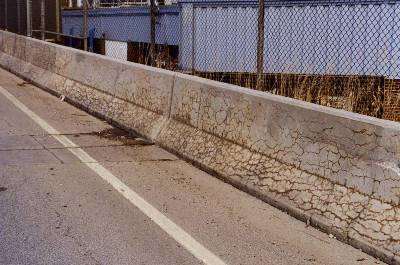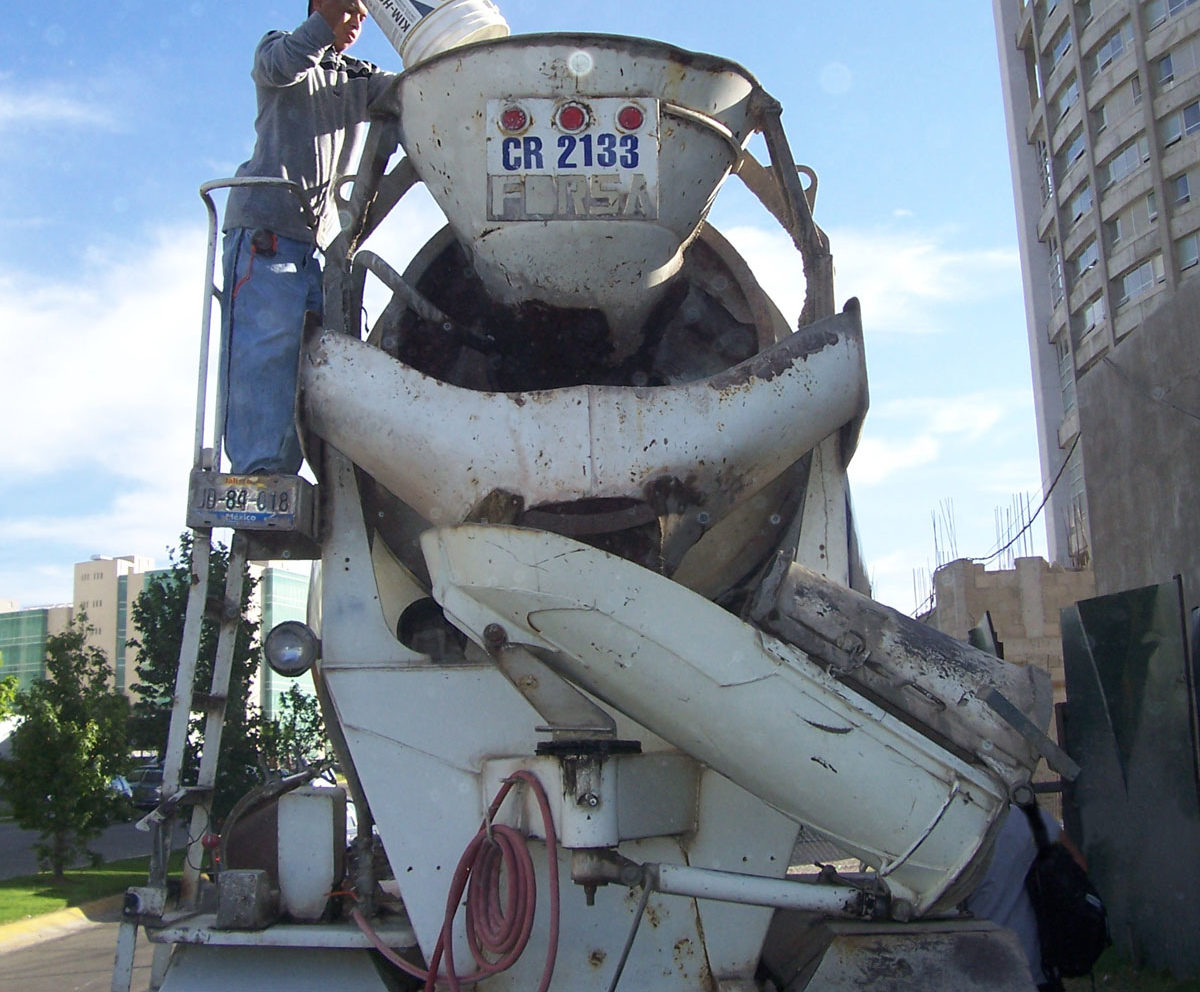ASR is a damaging mechanism in concrete that causes it to crack and deteriorate. It happens when concrete is made using certain aggregates that are reactive with alkali. These aggregates are composed of silica and so ASR stands for alkali-silica reaction (ASR).
Let’s Look at How ASR Happens First
The alkali part of the reaction comes primarily from the cement in the concrete mix. As a result, ASR occurs at the interface between the cement paste and the surface of aggregate pieces, forming a layer of what is called silica gel. This silica gel will readily absorb water. And when it does, it swells in size. The resulting expansion pressure is enough to fracture the concrete. That leaves the concrete covered in interconnected cracks that look like a map of London. The process can take as little as a few years to develop serious cracks.
In Short, It’s a Serious Concern
Cracks are not good for concrete. Especially since most concrete contains steel reinforcement, which will corrode when exposed to water and salts entering through cracks. Corrosion creates its own expansion. And this only further disrupts the concrete and accelerates its deterioration.
There Are, However, Some Methods for Avoiding the Impact of ASR
When considering these, it’s good to keep in mind that there are three essential elements needed for ASR to occur: alkali, reactive aggregates, and water.
Efforts to prevent or mitigate ASR have nearly always focused on measures to reduce or eliminate the first two elements. That’s led to workers having some success with special low-alkali cements. And partially replacing cement with pozzolins, such as fly ash and slag, have also been demonstrated to help. Of course, avoiding the use of reactive aggregates would definitely prevent ASR. But these various measures are not always available or economical.
Meanwhile, the idea of eliminating water has been largely ignored. This is likely because water is generally accepted to be ever-present. While normal concrete is porous and will absorb water, there are multiple ways to reduce or prevent the penetration of water into the concrete. For instance, the incorporation of Krystol Internal Membrane™ to a well-proportioned mixture can aid in the prevention of water into concrete and protection against the harmful expansive forces of ASR. It shows that when it comes to creating durable and sustainable structures, it’s important to consider the benefits of keeping water out of concrete.







